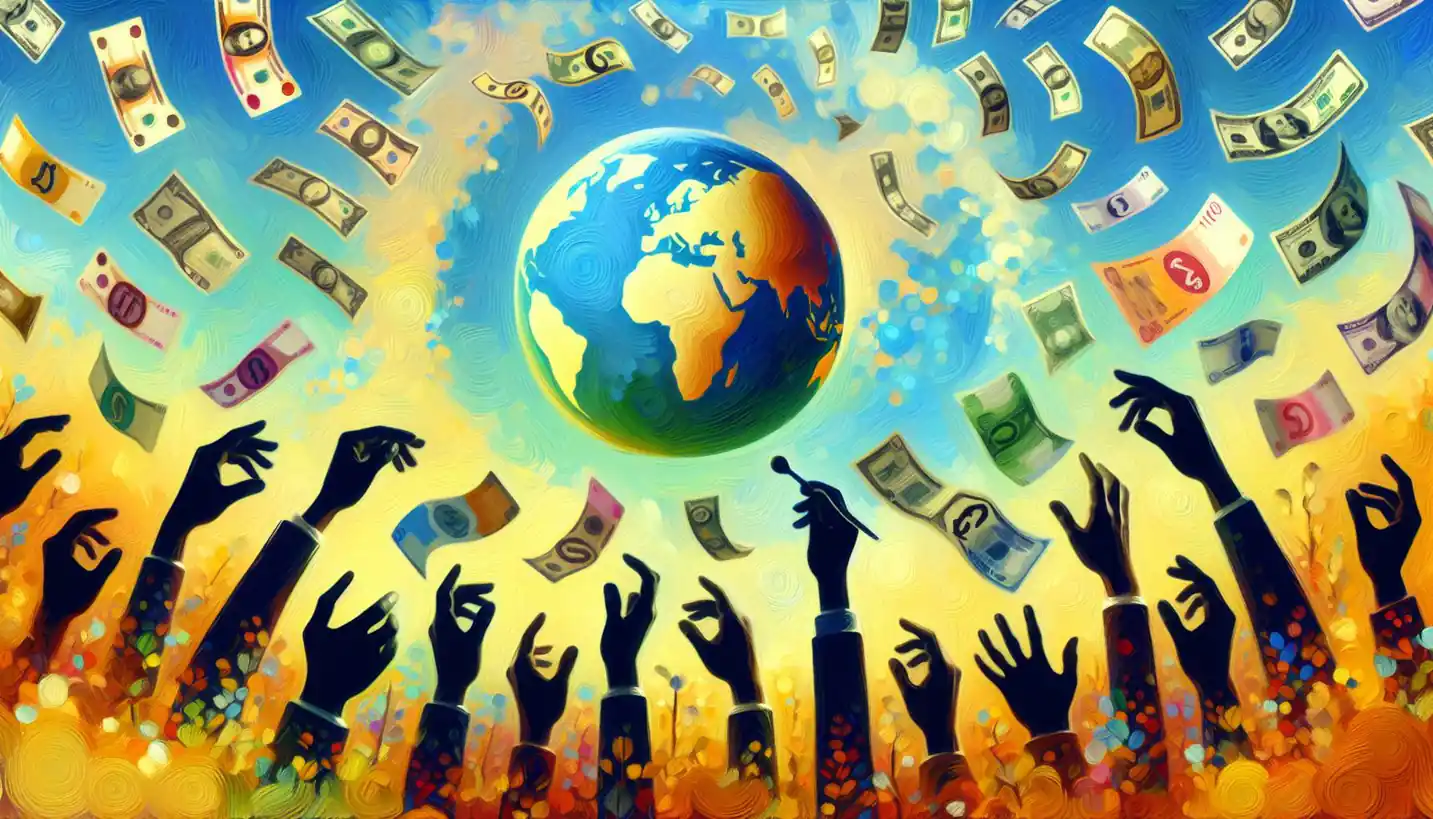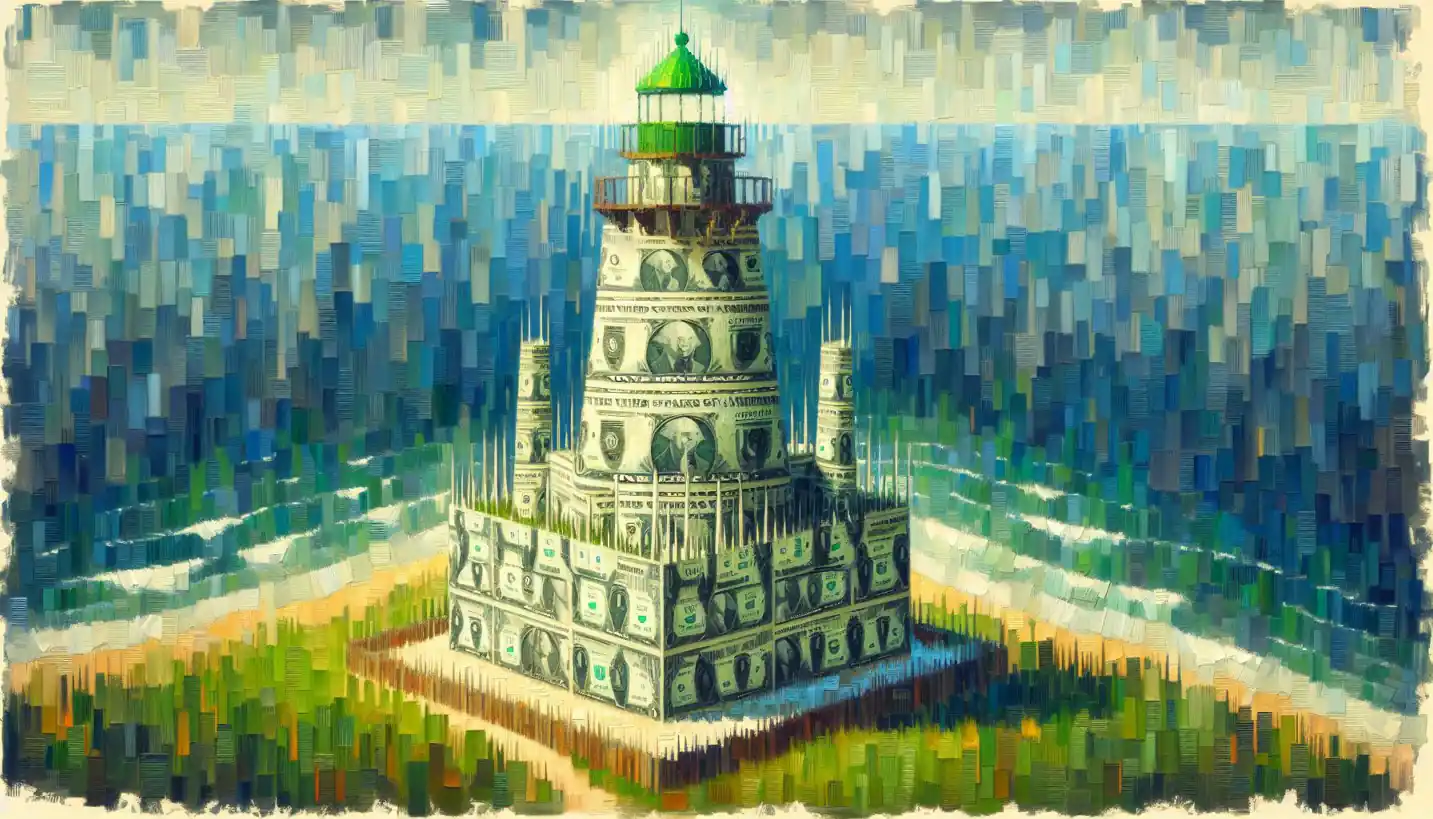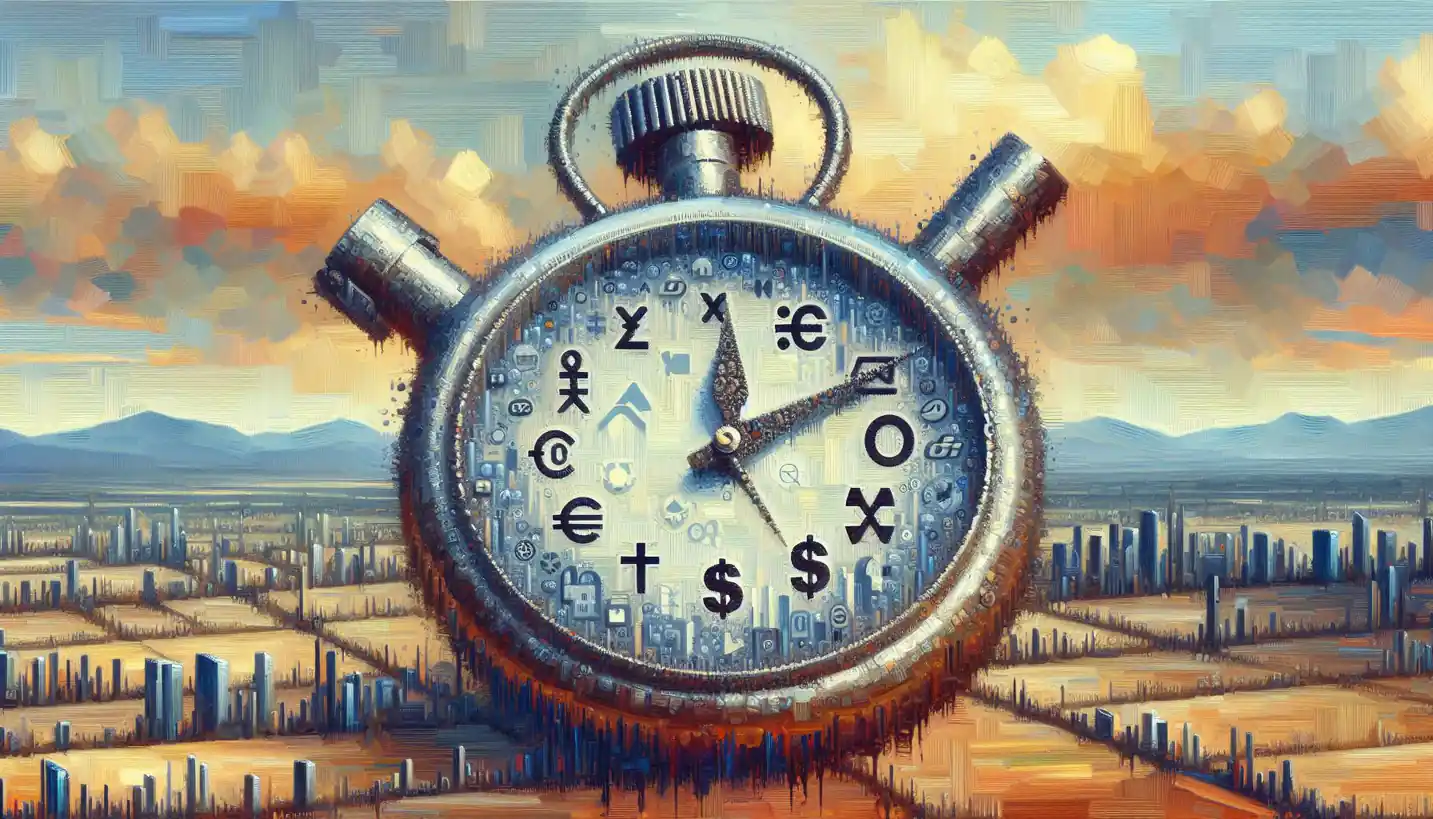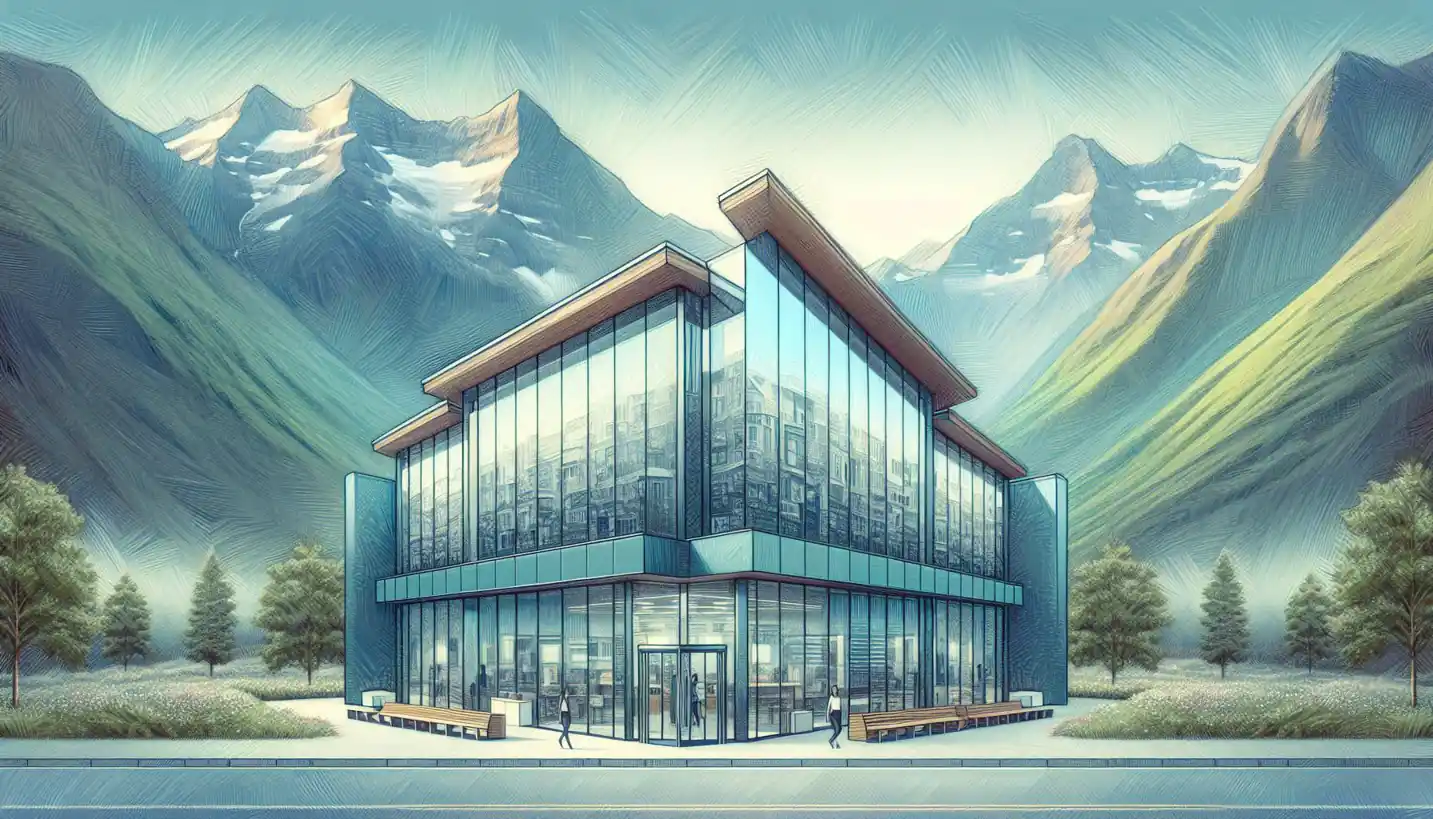· Economics · 4 min read
Transition Economy: Unfolding Change in Development Economics
Transition economies unfold significant changes in development economics. Explore the dynamics of economies shifting from planned systems to market systems.

Shifts in economies are like watching a caterpillar transform into a butterfly. This fascinating process, called a “transition economy,” refers to countries shifting from a centrally planned system, where the government makes all economic decisions, to a market-based system, where supply and demand dictate. Imagine moving from a world where one person decides what’s for dinner every night, to a bustling food market where everyone buys and sells their favorite dishes. It’s a big change!
The Journey from Central Planning to Market Economy
Central planning was the norm in many Eastern European and Asian countries during the 20th century. Picture this system like a carefully choreographed dance. The government decided what to produce, how to produce it, and who gets what. This might sound efficient, but in reality, it often led to shortages, as it’s tough to guess everybody’s needs perfectly.
Then comes the twist: the fall of the Soviet Union in the late 1980s and early 1990s sparked a transition. Countries began to shift towards a market economy, where businesses and consumers drive the show. This transition meant rewriting rules, creating new economic policies, and sometimes even political reforms.
Key Ingredients of Transition Economies
Privatization: Imagine turning a state-owned restaurant into a collection of individually owned food stalls. Privatization involves moving resources from state ownership to private hands. It’s like having chefs curate their menus, creating competition and innovation.
Deregulation: This is about cutting the red tape and allowing businesses more flexibility. Think of it as loosening the leash so entrepreneurs can explore, innovate, and respond to consumer demands.
Stabilization: Transitions can be bumpy. Stabilization tries to keep things steady, like ensuring the food market doesn’t run out of essential ingredients. It involves controlling inflation and managing public finances wisely.
Institution Building: New rules need new referees. Institutions ensure that trade is fair and everyone abides by the laws. It’s creating a trusted system where all traders play by the same rules.
A Tale of Two Transitions: Successes and Challenges
The transition journey varies widely across countries. Look at Poland, for instance. In the 1990s, Poland made swift reforms. They moved decisively towards privatization and established robust institutions. Today, Poland is often seen as a transition success story, experiencing growth and thriving markets.
Contrast this with Russia, where the transition wasn’t as smooth. Rapid privatization led to an oligarchy, where a few individuals gained enormous wealth and power. This highlights that while transitions aim for prosperity, they’re fraught with challenges.
The Role of Institutions in Transition Economies
Institutions are like the unsung heroes of successful transitions. They provide a framework within which market forces can operate efficiently. They enforce contracts, regulate banks, and ensure property rights. Without solid institutions, economies can fall into chaos, where corruption prevails and growth stagnates.
Open-ended Questions of Transition Economies
Transition economies pose intriguing questions for economists and policymakers. What’s the optimal pace for reforms? Too fast, and it risks chaos; too slow, and it risks stagnation. How does one ensure social safety nets aren’t dismantled during privatization, leaving citizens vulnerable? These questions linger as each transition is unique, demanding tailored solutions.
The Future of Transition Economies
As these economies continue their evolution, there’s a growing interest in understanding the long-term impacts. What new forms of economic policies will emerge? How will technology and globalization influence transition economies? By studying these dynamics, economists hope to guide countries smoothly through their economic metamorphoses.
Conclusion: Learning from the Past, Preparing for the Future
Transition economies illuminate the complex dance of economic change. They’re a testament to a country’s resilience and ability to adapt. By learning from past transitions, current and future leaders can guide their nations on a path towards sustainable growth and prosperity.
Understanding transition economies provides a lens through which we can see not just economic shifts, but the stories of people and nations striving for better futures. As we explore these changes, we’re encouraged to think deeply about economic systems and the forces that drive them forward.


